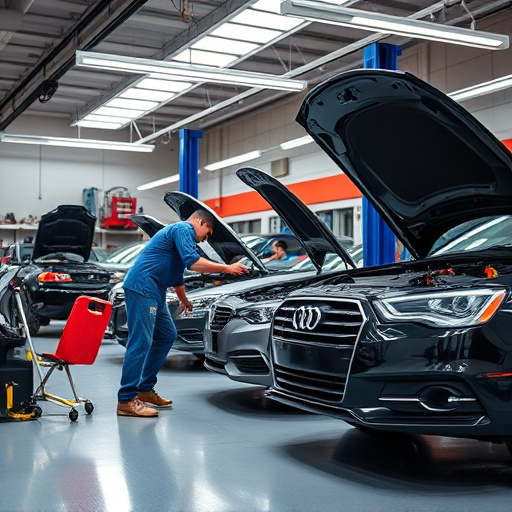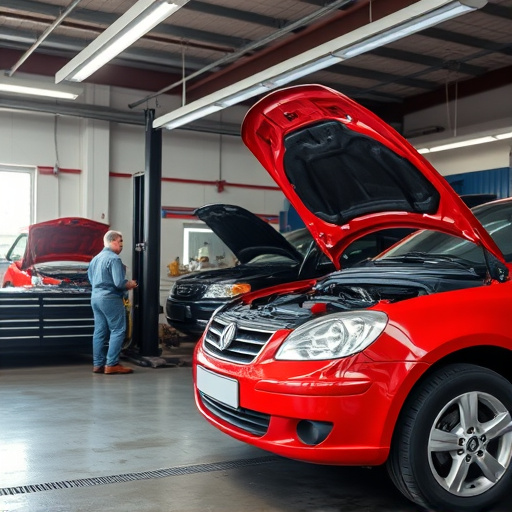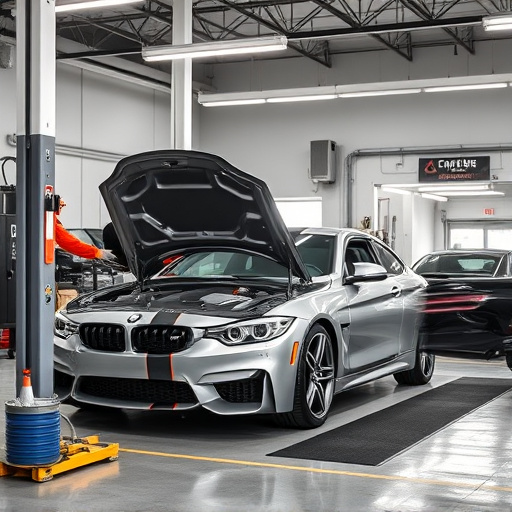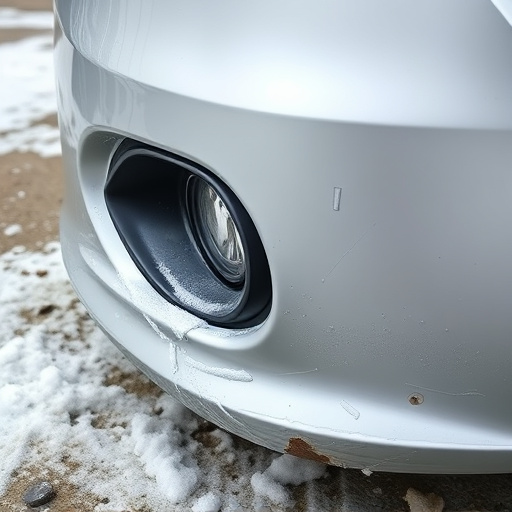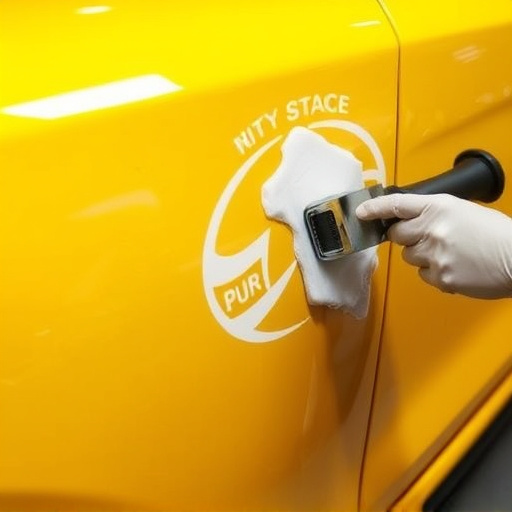Modern vehicles integrate active safety systems using sensors and software to monitor surroundings and prevent accidents in real time, including Automatic Emergency Braking, Active Stability Control, Lane Keeping Assist, and Adaptive Cruise Control. Passive restraints like seatbelts and airbags provide automatic protection during collisions. Advanced Driver Assistance Systems (ADAS) with features like adaptive cruise control and lane departure warning enhance road safety through improved stability and response times. Regular maintenance ensures optimal performance of these accident prevention features, contributing to enhanced vehicle safety.
In today’s world, vehicle safety has evolved dramatically, and customers have access to a myriad of accident prevention features. Understanding your car’s active safety systems is crucial for enhancing your driving experience. From passive restraints that provide immediate protection to advanced driver assistance systems (ADAS) offering real-time support, these features are designed to save lives. This article guides you through the essentials of active safety systems, passive restraints, and ADAS, empowering customers to make informed decisions and navigate roads with enhanced confidence.
- Understanding Active Safety Systems
- Passive Restraints: A Lifesaving Design
- Advanced Driver Assistance Systems (ADAS) 101
Understanding Active Safety Systems
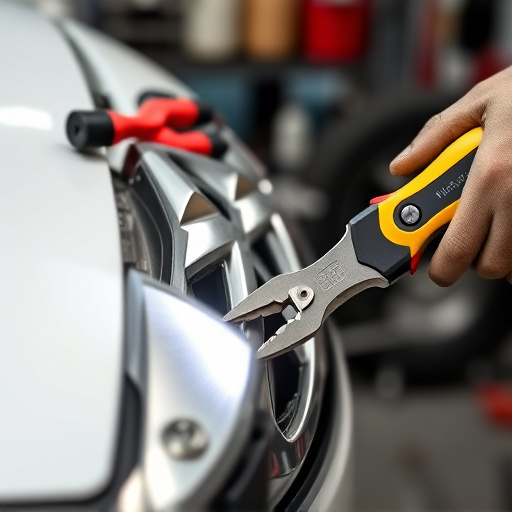
Active Safety Systems are a crucial aspect of modern vehicles, designed to prevent accidents and mitigate their impact. These systems use a combination of sensors, cameras, and software to monitor the vehicle’s surroundings and make split-second decisions to ensure driver and passenger safety. One key feature is the Automatic Emergency Braking (AEB) system, which can detect potential collisions and apply the brakes autonomously to avoid or reduce the severity of an accident.
Additionally, Active Stability Control helps drivers maintain control during critical maneuvers by detecting and correcting skids or rolls. Other systems like Lane Keeping Assist gently steers your car back into its lane if it drifts without a turn signal, while Adaptive Cruise Control adjusts your speed to maintain a safe distance from the vehicle ahead. Understanding these accident prevention features can empower customers to make informed decisions when choosing a vehicle that best suits their safety needs, ultimately enhancing their driving experience and peace of mind on the road.
Passive Restraints: A Lifesaving Design

Passive restraints, such as seatbelts and airbags, are an essential component of a vehicle’s accident prevention features. Unlike active safety systems that require driver intervention, these lifesaving designs work automatically to protect occupants during a collision. Seatbelts, when properly fastened, restrain and reduce the force of impact, preventing passengers from being thrown from the vehicle or hitting internal objects at high speed. Similarly, airbags complement seatbelts by providing an additional layer of protection, filling the space between the driver or passenger and the vehicle’s interior or windshield during a crash.
Understanding how these passive restraints function is crucial for customers looking to maximize their safety on the road. Regular maintenance and inspection of seatbelts, including checking for wear and tear, and ensuring all airbags are operational, are vital steps in preparing for unexpected situations. Proper use and understanding of these accident prevention features can significantly enhance vehicle safety, making them invaluable investments for any driver.
Advanced Driver Assistance Systems (ADAS) 101

Advanced Driver Assistance Systems (ADAS) are a suite of technologies designed to enhance safety and prevent accidents on the road. These systems use a combination of sensors, cameras, and radar to monitor the vehicle’s surroundings and provide drivers with real-time assistance. ADAS 101 includes key features like adaptive cruise control, which maintains a safe distance from vehicles ahead, and lane departure warning, alerting drivers when they drift out of their lane.
By integrating these accident prevention features, modern vehicles offer improved stability and response times. For instance, anti-lock braking systems (ABS) prevent wheels from locking up during hard stops, allowing for better control. Additionally, advanced airbag systems and electronic stability control (ESC) further contribute to passenger safety. Regular maintenance, including car bodywork repairs and automotive repair services, ensures these ADAS components function optimally, ultimately enhancing overall vehicle performance and safety.
Customers playing an active role in understanding and utilizing their vehicle’s accident prevention features can significantly enhance safety on the road. By familiarizing themselves with active safety systems, passive restraints, and advanced driver assistance systems (ADAS), drivers can make informed decisions and stay one step ahead of potential hazards. These features are not just add-ons; they are essential tools designed to protect and safeguard both passengers and other drivers.
